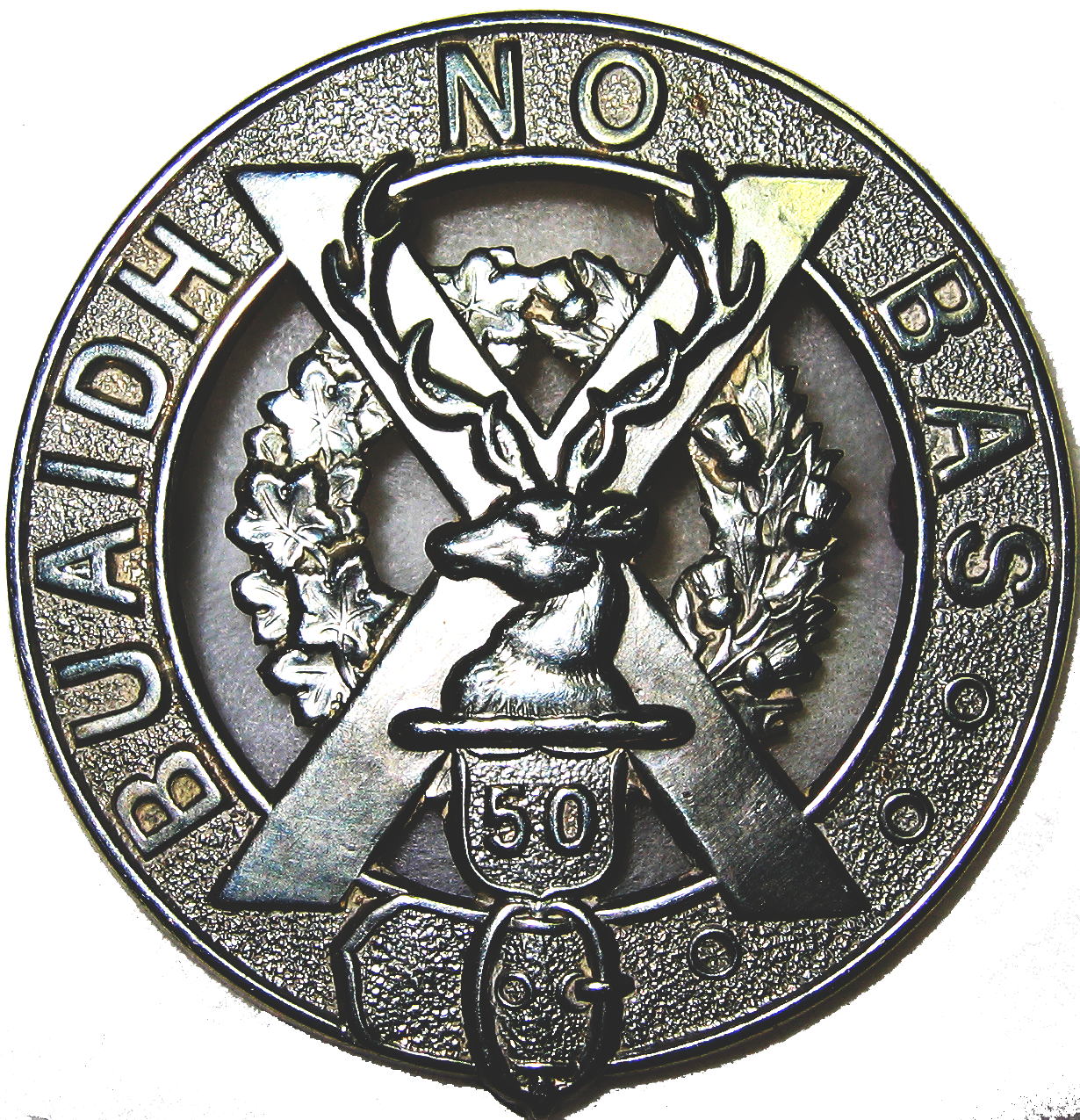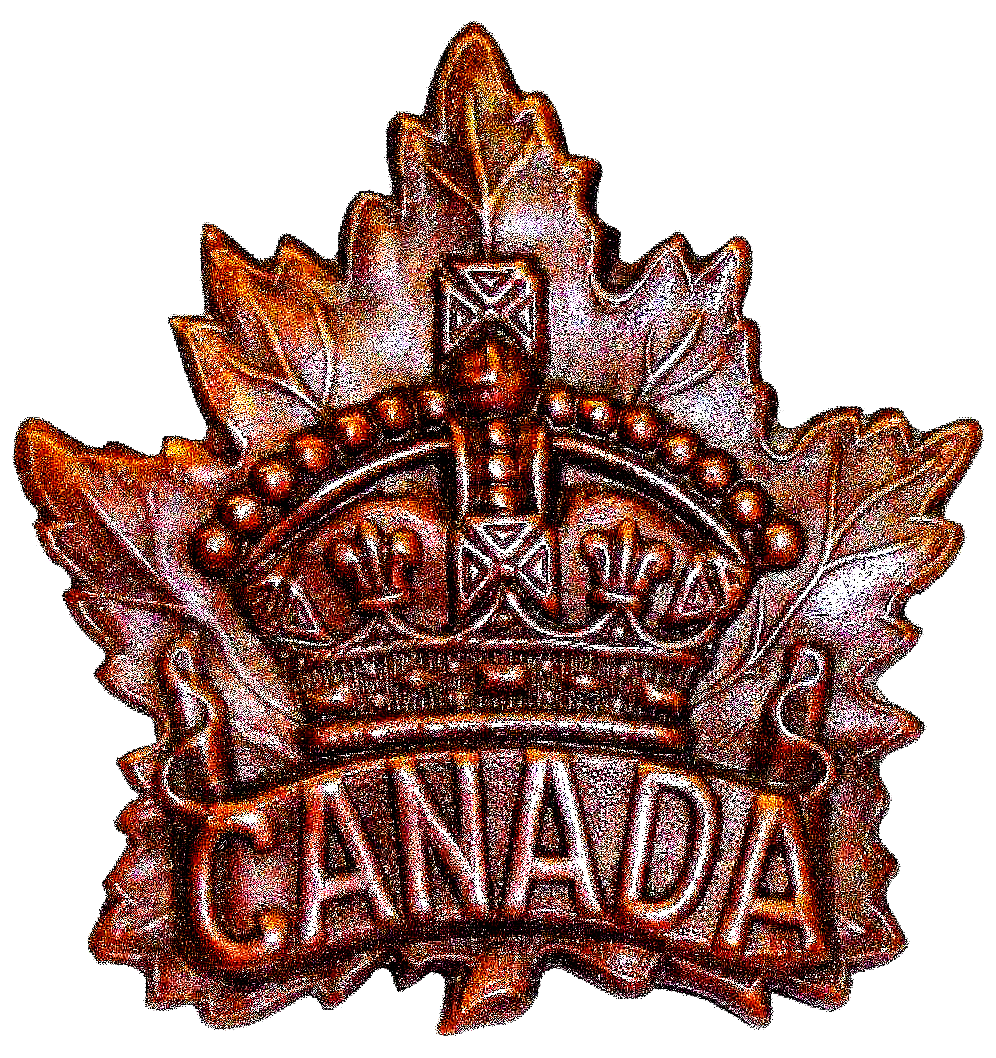 |
 OPCMHVisitor No.: |
HISTORY OF WORK POINT BARRACKSby Jack BatesPART 1 — 1842 to 18861880Daily Colonist Going Into Camp The Victoria Rifles will muster in full uniform at the drill shed, James Bay, at half past 6 o’clock this evening and march hence to the camping ground at Beacon Hill. They will be under canvas six days, during which time the usual company drills will be performed. The men will be permitted to absent themselves from camp during their respective business hours, so that no inconvenience will result to their employers. Blankets and rations will be supplied. The Victoria Garrison Artillery will go into camp tomorrow evening. July 30, 1880 Under Canvas The experience of the riflemen who went into camp at Beacon Hill on Wednesday evening was by no means agreeable. The wind was cold and the sky overcast with leaden clouds which at intervals developed into penetrating showers. The camp, situated on the east side of the hill, consisted of ten tents pitched in rectangular form and containing 38 rank and file. At 10 p.m. the bugle sounded “lights out” and the mantle of darkness fell upon the soldiers. The sentries kept their vigilant watch, but the solitude of the night was frequently disturbed by vocal solos, and duets which, showed that sleep had no charm for some of those beneath the canvas. At grey dawn of day clouds of mist from the Olympian mountains swept over the camp and when the men were mustered for drill the aspect was cheerless. An excellent breakfast, however, awaited them at Clover Point and having done full justice to it leave of absence was granted for the day. At half past six o’clock last evening the men were again at their respective posts, the Victoria Garrison Artillery going into camp simultaneously at Finlayson Point. August 1, 1880 Victoria Garrison Artillery The Victoria Garrison Artillery mustering 53 strong, under command of Capt. C.T. Dupont, and Lieutenants A.W. Jones, Jas. Raymur and W. Shears, have been in camp at Finlayson’s Point battery, Beacon Hill, since last Thursday evening. The camp, which is situated on a very favourable site to the south of the hill, consists of fifteen tents, including the canteen and mess tents, the hospital and quarter master’s tents. Reveille is sounded at half past four o’clock every morning and at five o’clock the men present themselves for parade, which lasts until seven o’clock. Then they retire to breakfast, for which by this time their appetite is fully whetted, and after paying every attention to the requirements of the inner man they are granted leave of absence until 6:15 p.m. when dinner, cooked in camp, is in readiness. At seven p.m. the bugle again sounds for drill which continues for an hour and three quarters. At 9:30 the sharp sound of the tattoo warns all visitors and strangers within the limits of the camp that the time for their departure has arrived and the men repair to their respective quarters. At 10:30 the bugle call “lights out” is given and from that hour the camp is supposed to be hushed in silence, an occasional challenge of the sentry alone disturbing the solitude of the night. During the evening the merry voices of the men blend in harmonious song, causing the adjacent woods to echo with melody again and again. The commissariat department appears to be admirably conducted and the internal arrangements of the camp are in thorough martial order. At 10 o’clock this morning the men will parade in full uniform to attend Divine service at St. John’s Church, being joined by the riflemen before leaving Beacon Hill. The sermon will be preached by the Rev. P. Jenns and the sacred edifice will doubtless be filled to its utmost capacity. |
